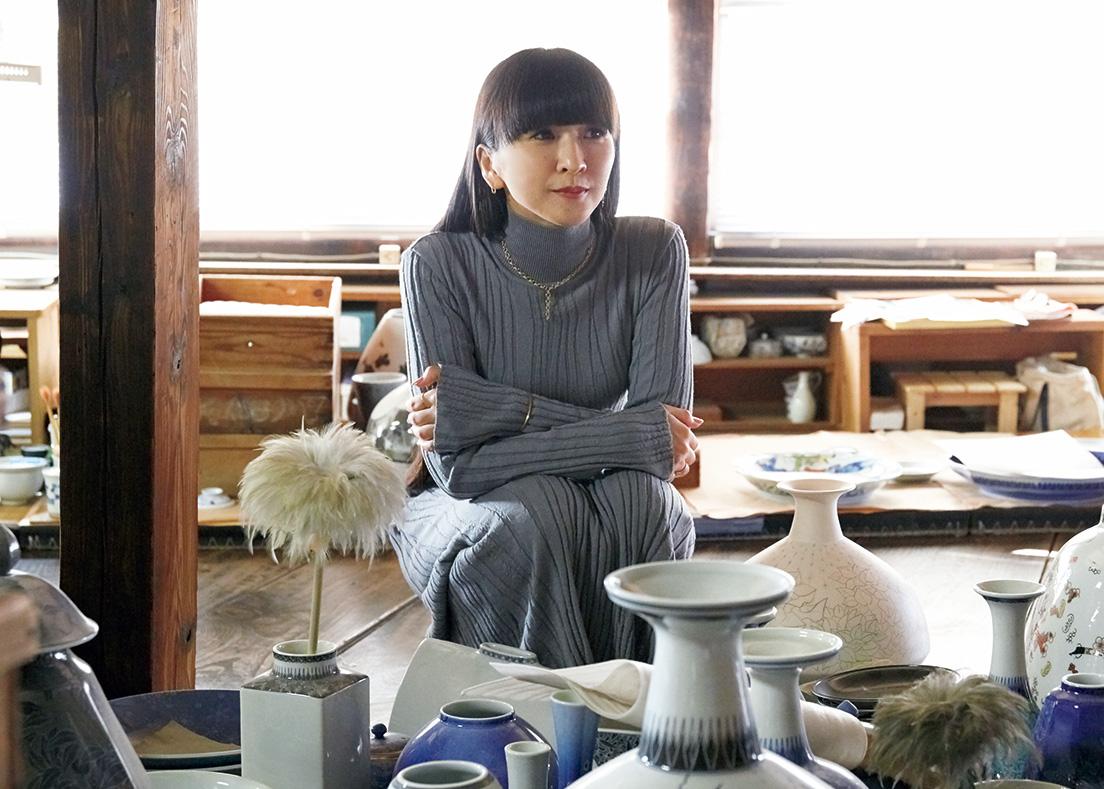DESIGN
Kokontozai: KASHIYUKA’s Shop of Japanese Arts and Crafts /[ARITA PORCELAIN]
『カーサ ブルータス』2022年3月号より
| Design | KASHIYUKA’s Shop of Japanese Arts and Crafts | photo_Keisuke Fukamizu hair & make-up_Masako Osuga editor_Masae Wako translation_ Mika Yoshida & David G. Imber
Searching all of Japan for handcrafted items that express its heart and soul, our proprietor, KASHIYUKA, presents things that bring a bit of luxury to everyday life. Her journey this time took her to Arita, in Saga prefecture. She encountered the beloved, graceful porcelainware known as Iro-nabeshima, at the site of a fabled kiln with a 370-year history.
Loading...
Loading...








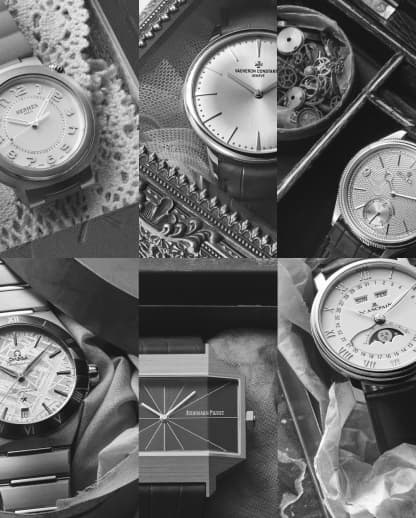



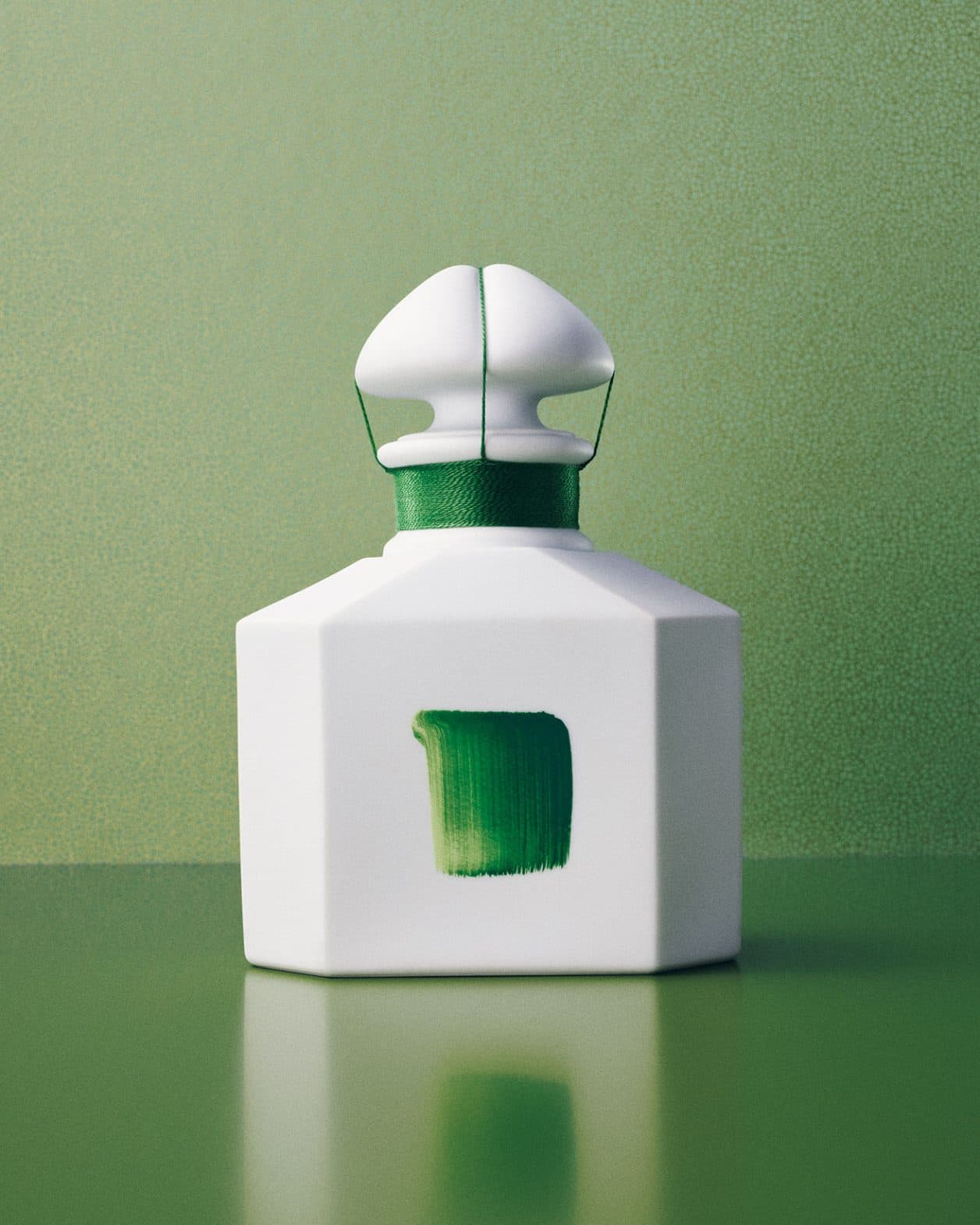


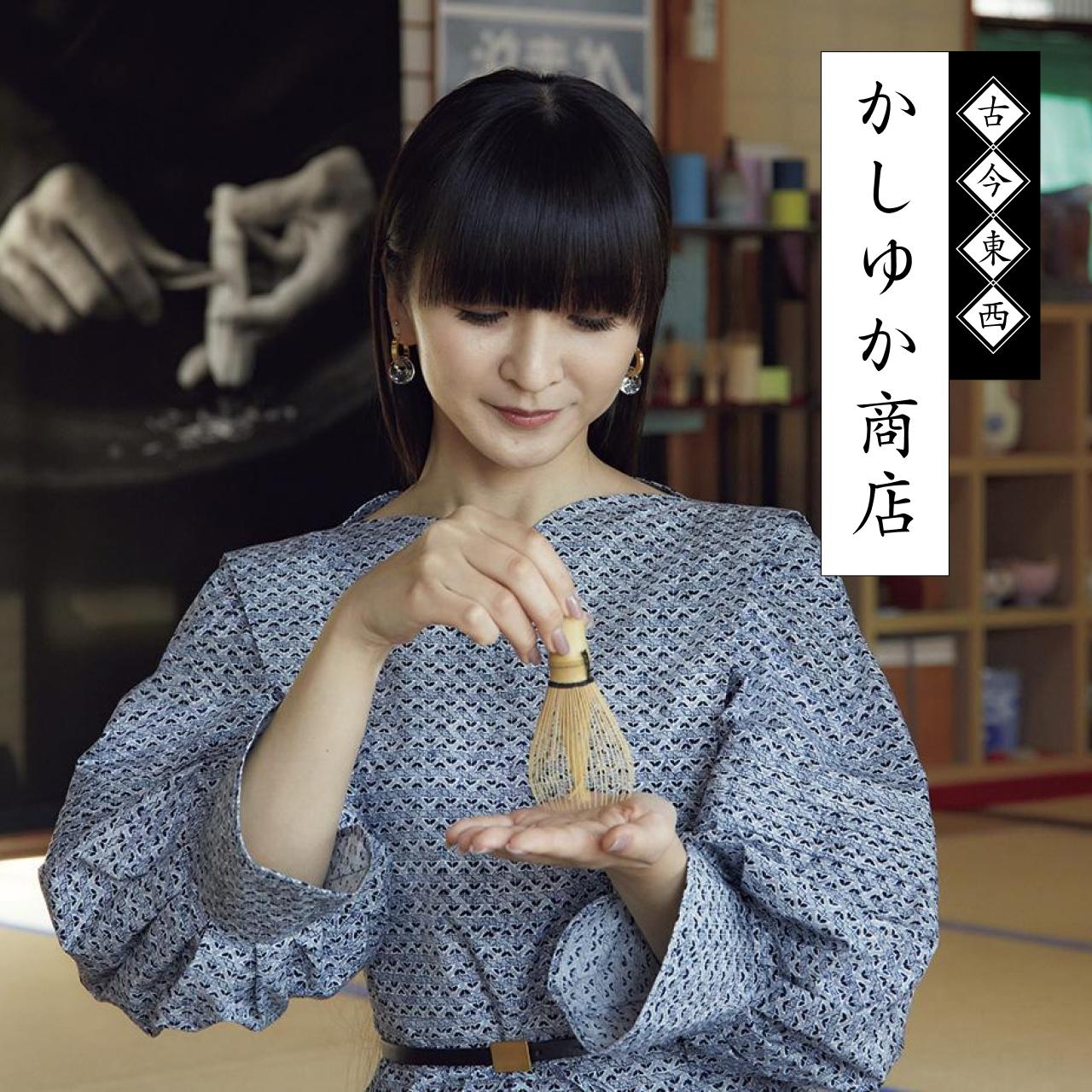
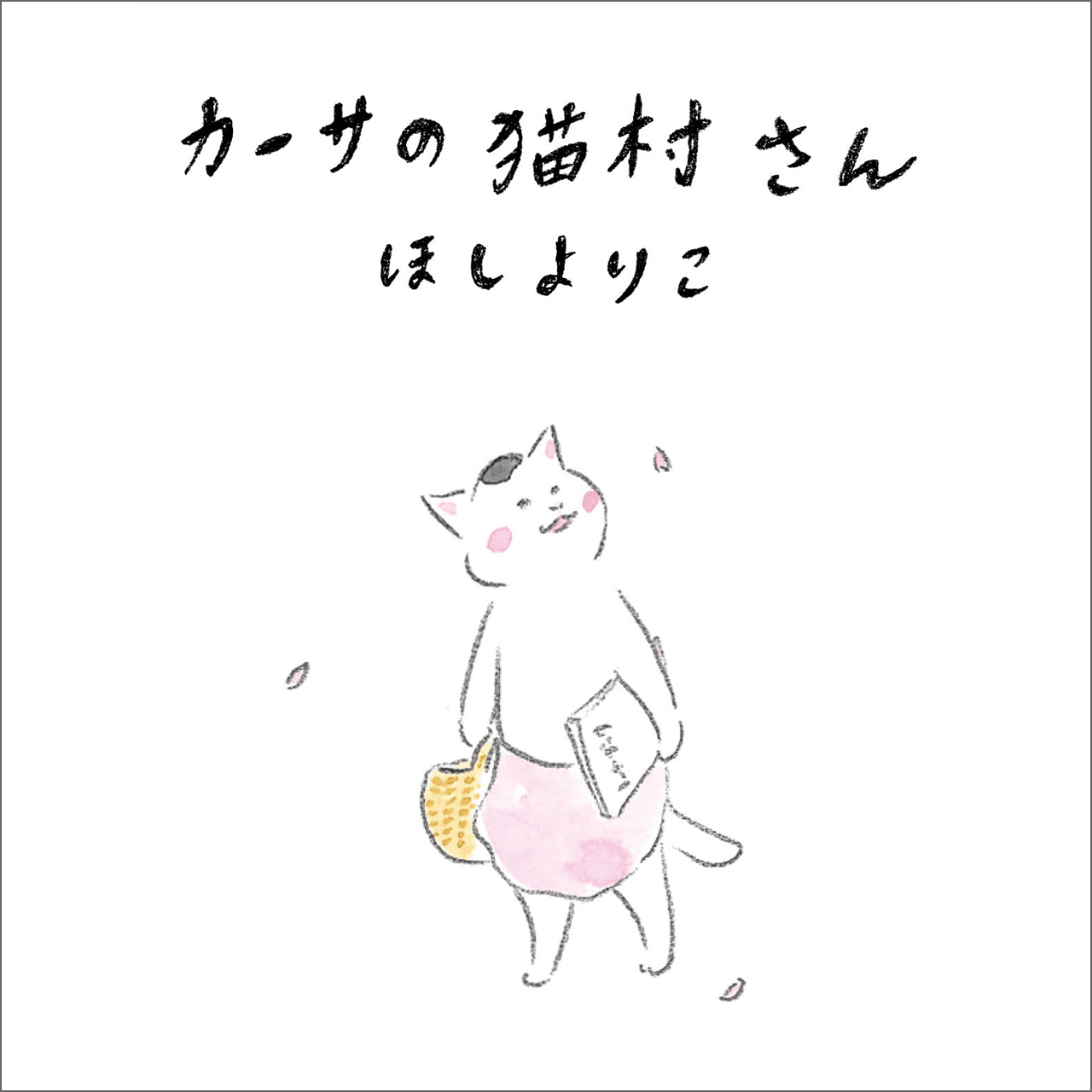



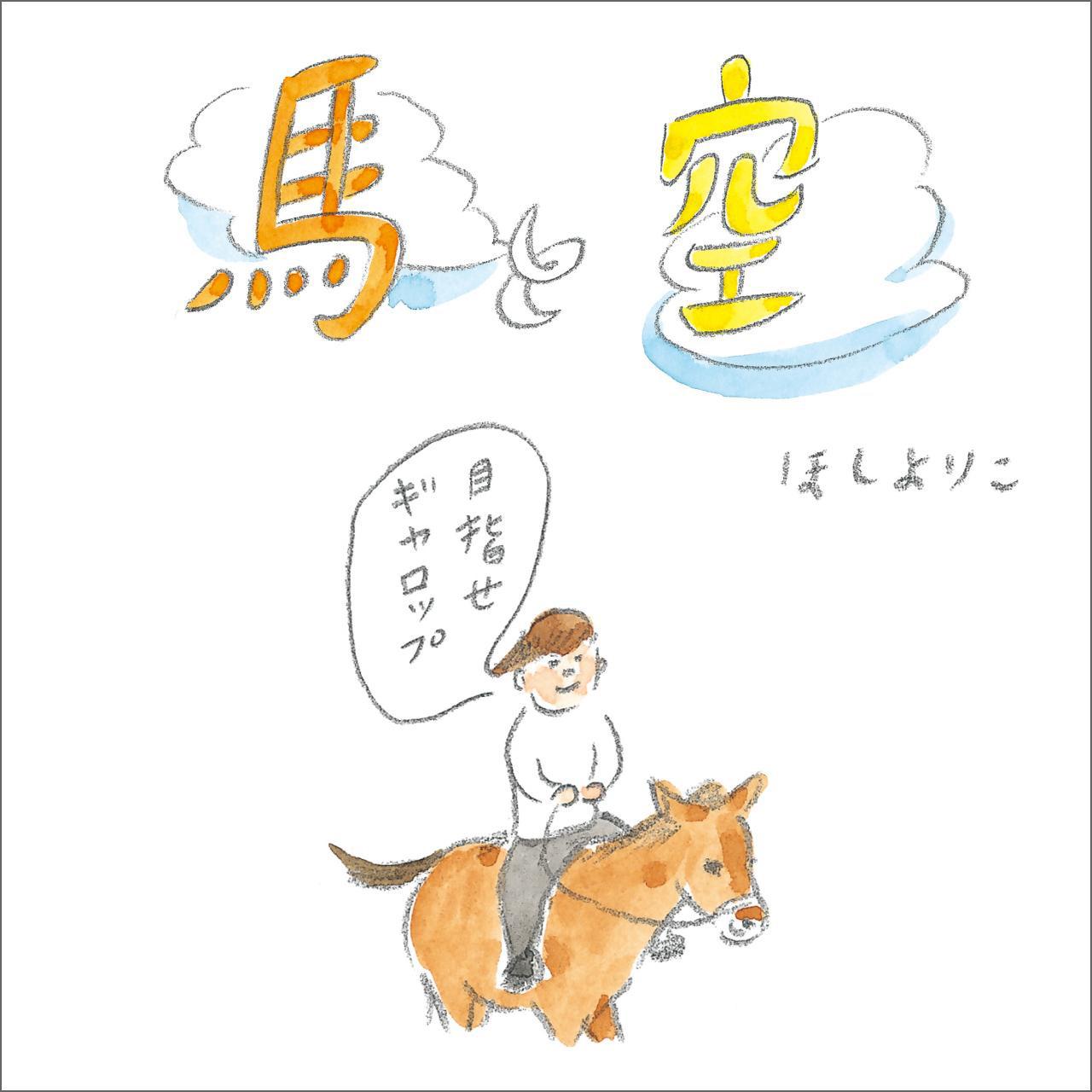

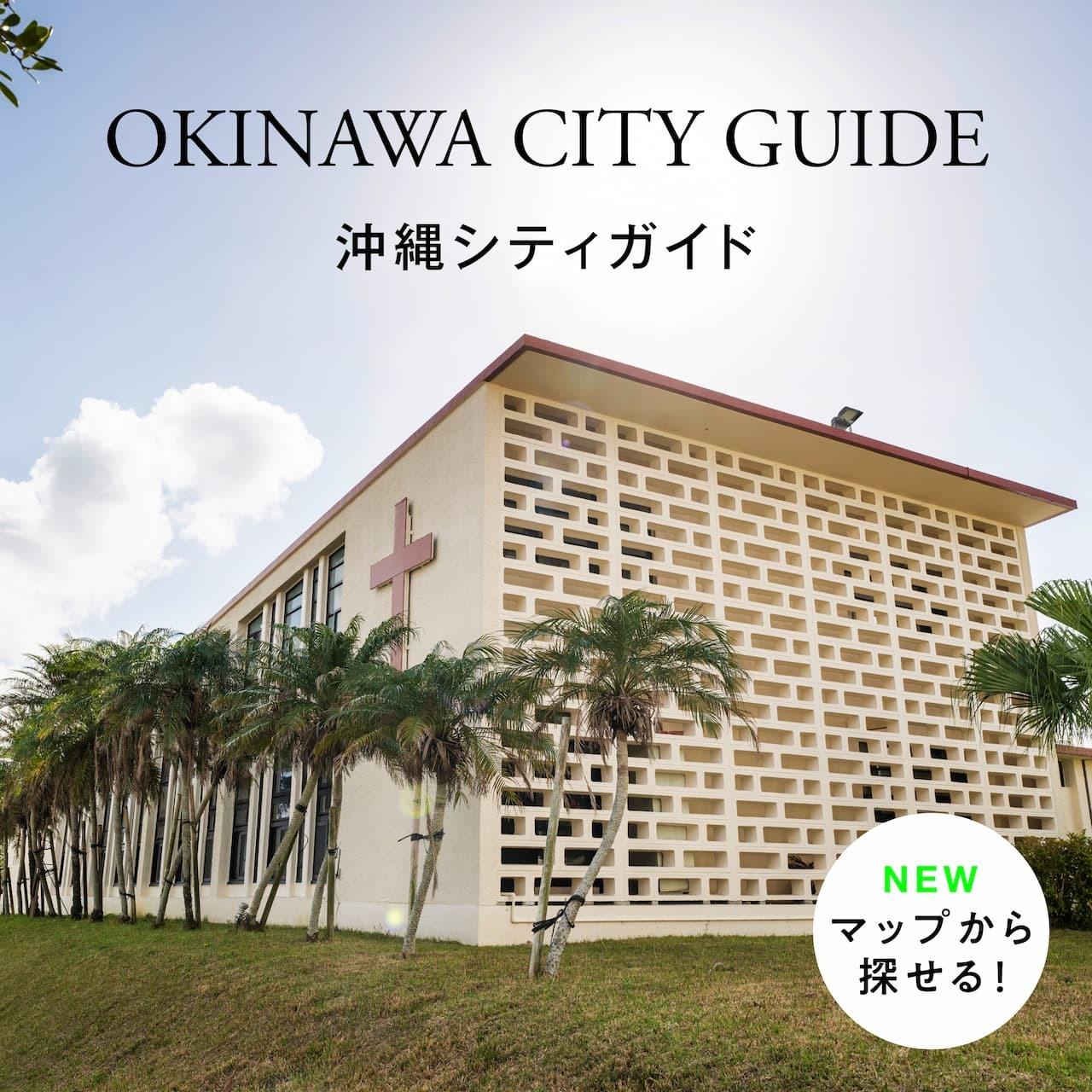
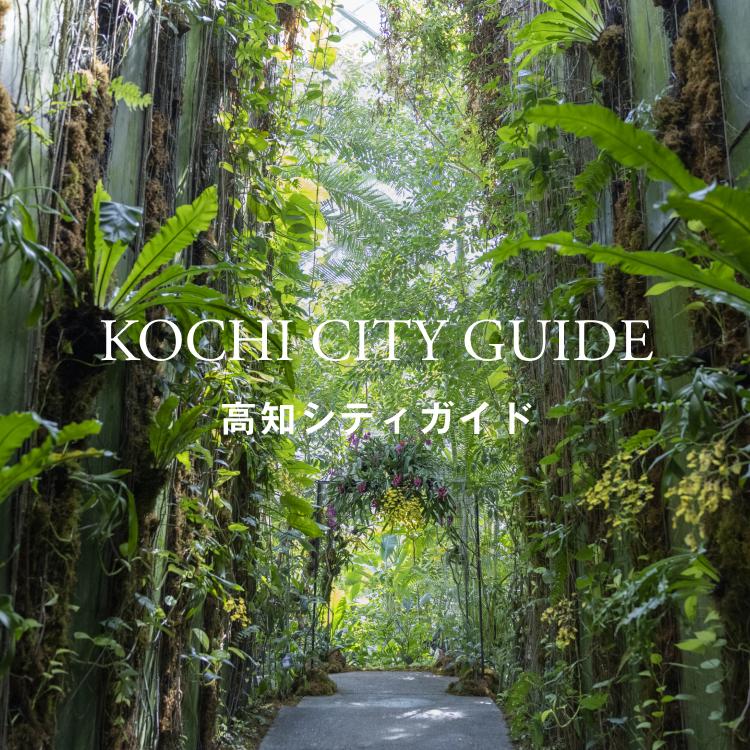
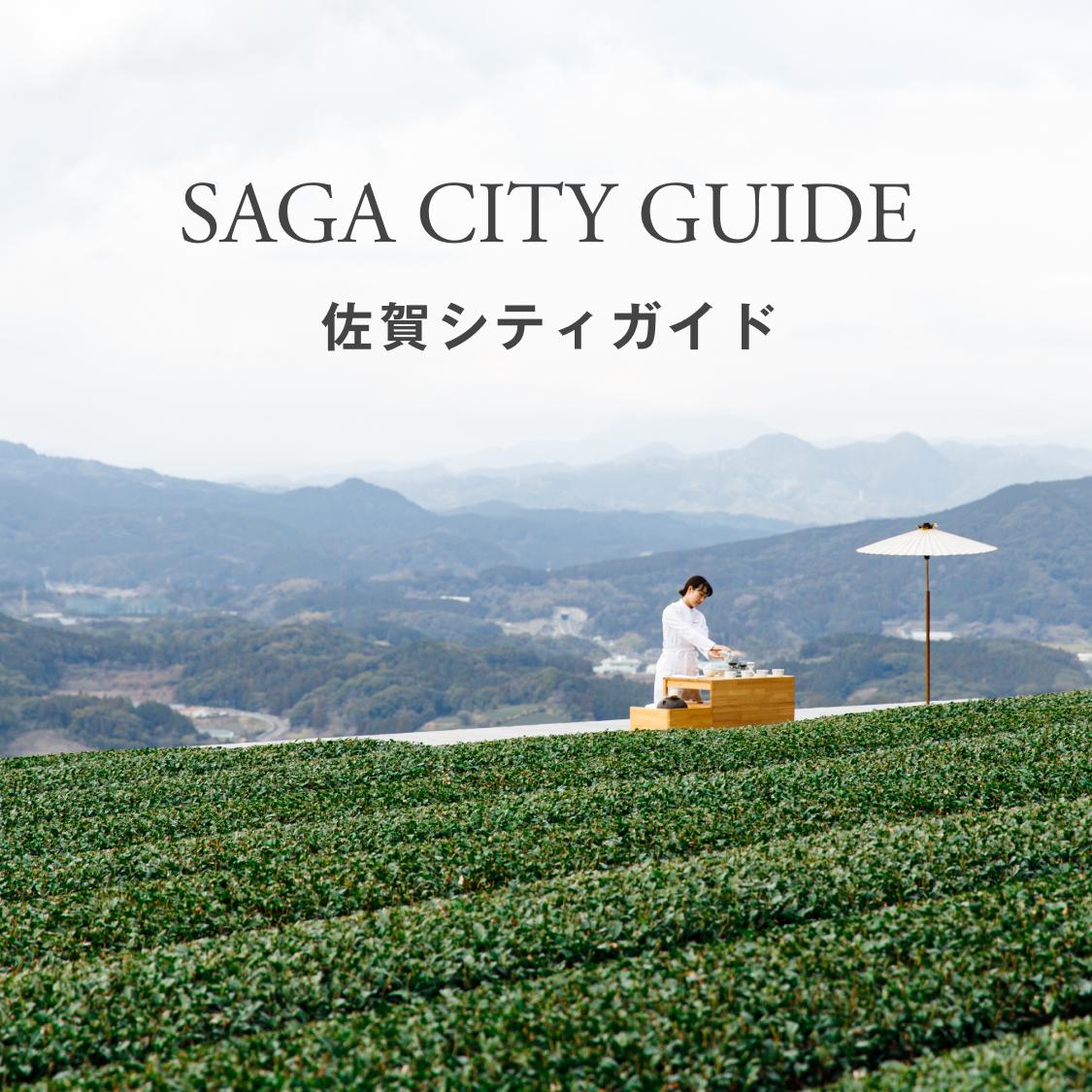





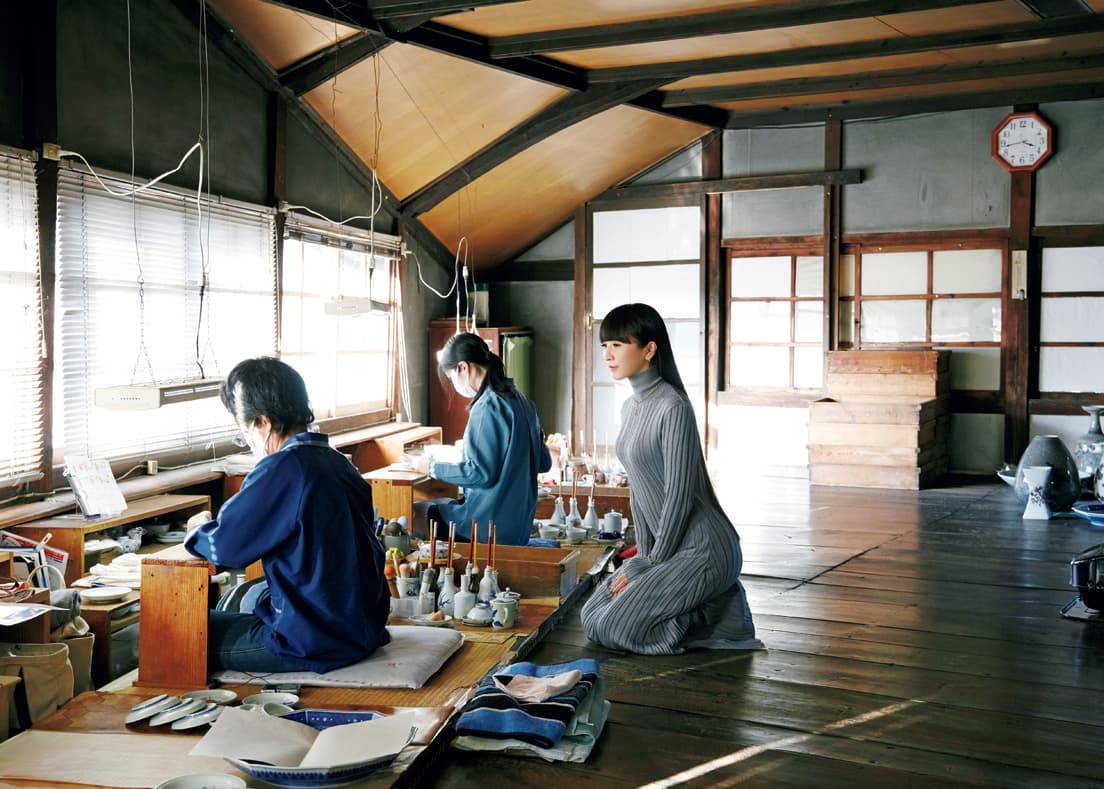
![Purchase No. 46 [Iro-nabeshima Futamono (Lidded Porcelainware)]Elegant, painted porcelain that continues the tradition of artists whose patrons were the ancient Nabeshima clan.](/_next/image?url=https%3A%2F%2Fwp2022.casabrutus.com%2Fwp-content%2Fuploads%2F2022%2F02%2F0214craftedinjapan01_1104.jpg&w=3840&q=75)
